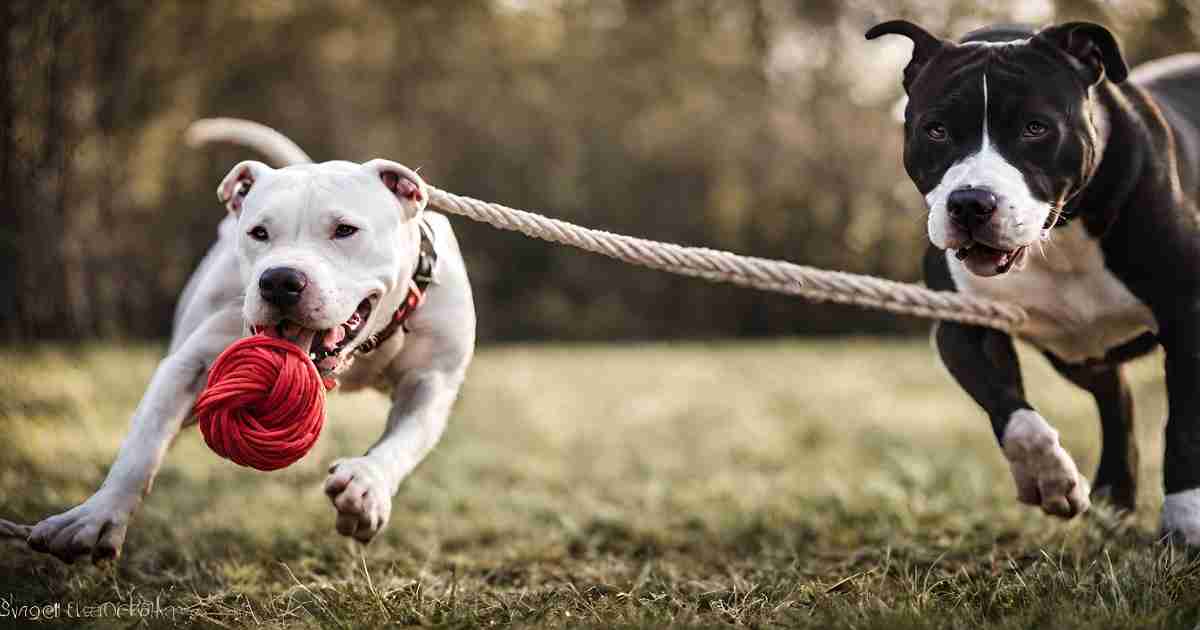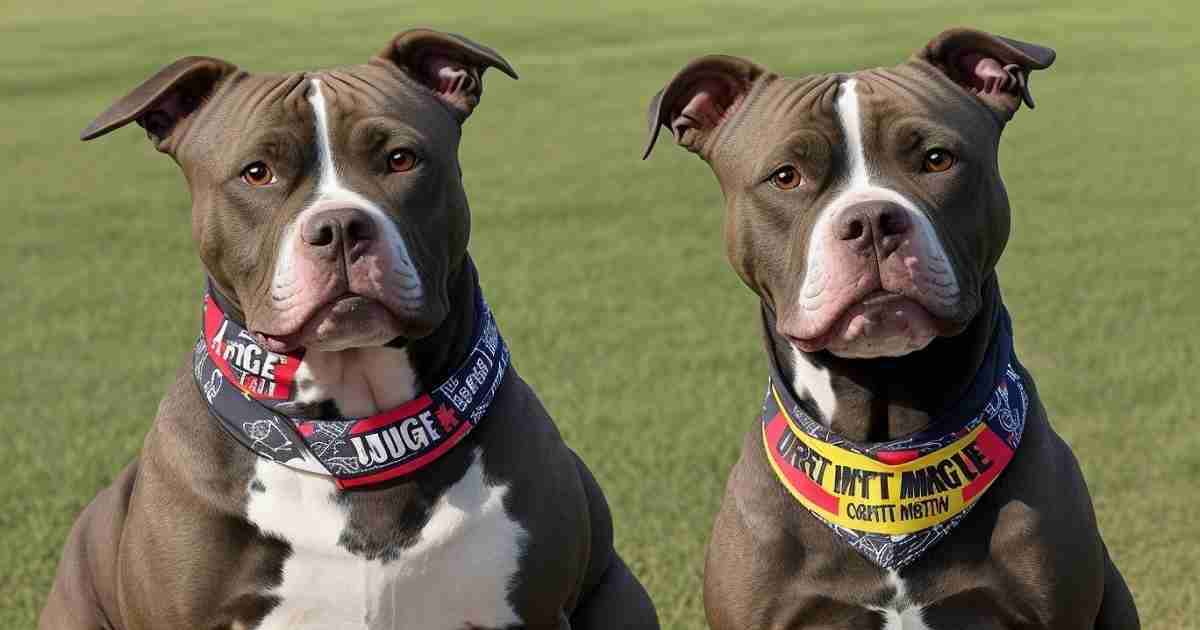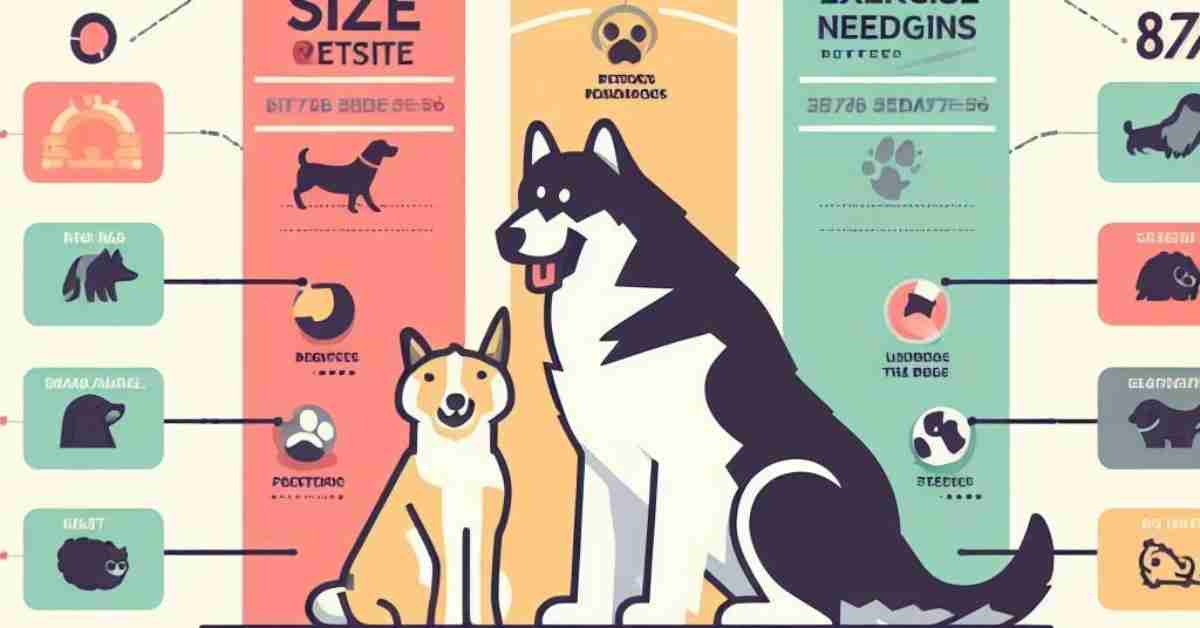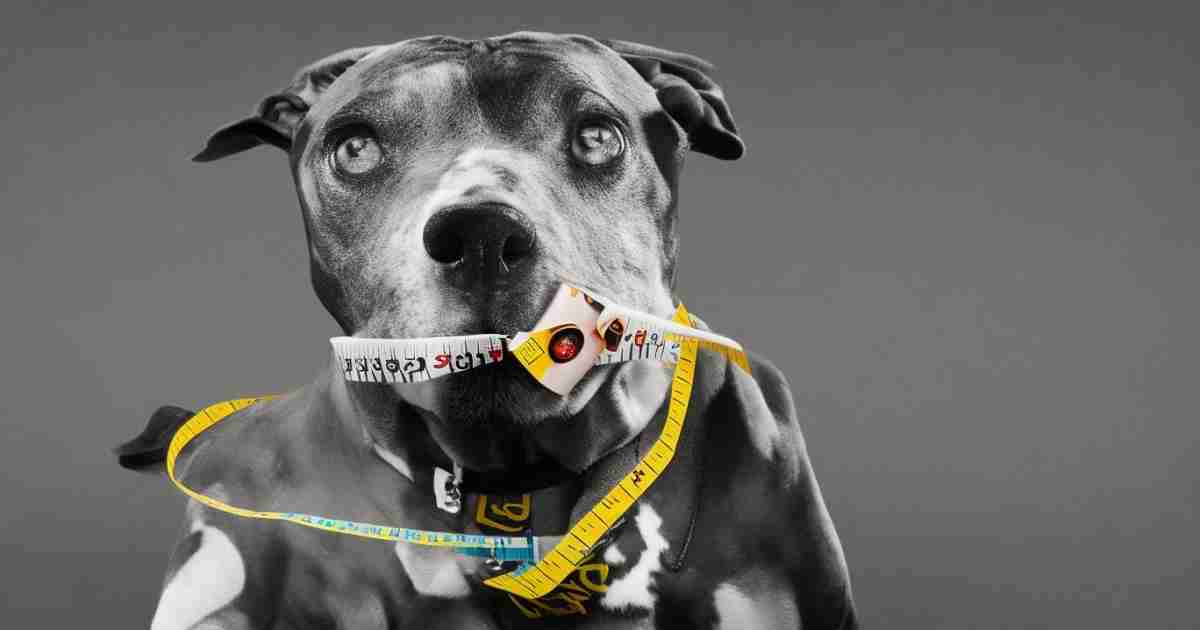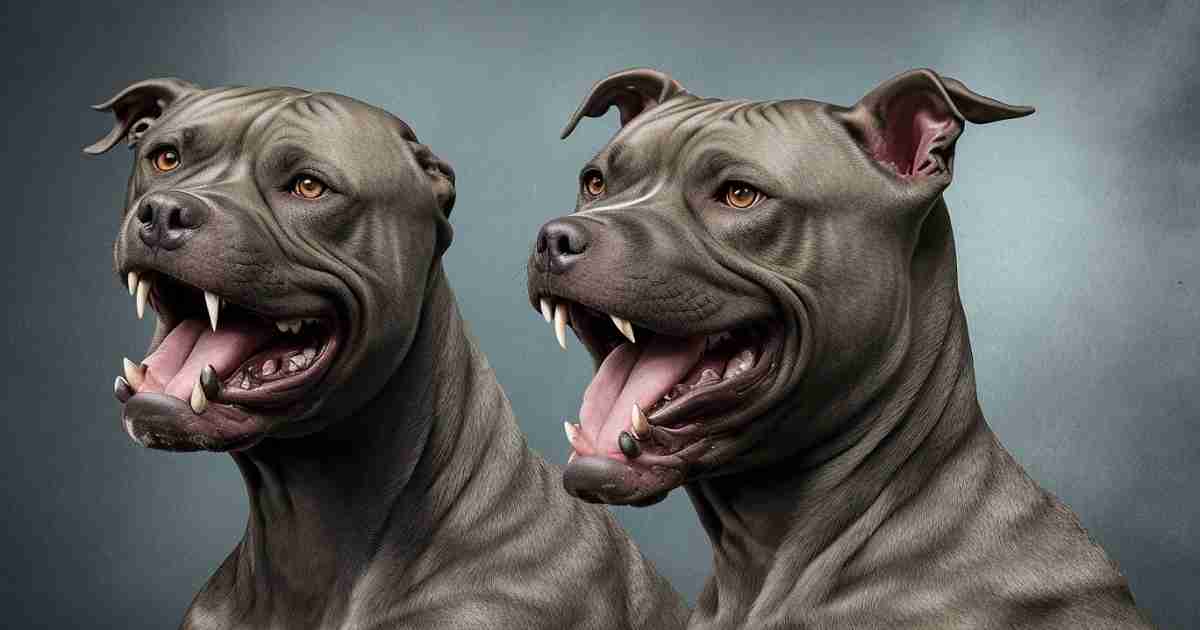For that matter, as a proud Pitbull owner with over 10 years of experience as a dog lover,
I have heard that pitbulls possess strong teeth or jaw. Let’s differentiate the myths from the facts of this misapprehended breed. Are pit bulls really as vicious as they are made out to be?
This post will discuss the true science of the Pitbull’s Bite Force, the strength of its jaws, and its aggressiveness.
Some hidden facts by experts to destroy the greatest misconceptions about pit bulls. It is worth noting that despite the fact pitbull dog bite has gained an infamous reputation, they are not stronger than most other breeds such as Rottweiler and Mastiff.
Although the pitbulls’ jaw strength is higher than usual for their size it isn’t superhuman “lockjaw”.
Pitbull dog jaw anatomy is similar to any other breed. They have an average bite force of about 235 pounds per square inch which is less when compared to Rottweilers, German Shepherds, and even some smaller dog breeds like Siberian Husky.
Fear not, I’ll tell you how to tame the beast that is your stubborn puppy, however big it is. Get everything you need to know in this post about pitbull jaw strength versus myths.
It is time that we delve into the science and numbers to discover the real meaning of this faithful yet ambiguous breed. Shall we grab some bites, and look at statistics? the beast that is your stubborn puppy, however big it is.
Get everything you need to know in this post about pitbull jaw strength versus myths.
It is time that we delve into the science and numbers to discover the real meaning of this faithful yet ambiguous breed. Shall we grab some bites, and look at statistics?
The Myth of the Pitbull Jaw Strength
First of all, let us address a popular myth about the jaws of pitbulls when compared with those of other dogs that supposedly make them prone to “locking” on their prey which is the Elephant in the room.
We have all probably heard that when a pitbull gets its teeth on anything, its jaws lock and its bite cannot be escaped.
Such a myth only solidifies the assumption that pitbulls are more aggressive than any dog out there. The truth however is that the entire lockjaw idea is simply false. That’s all there is to it, pit bull just does not have a magical way of locking onto things in its jaws.
Anatomy of a Pitbull’s Jaw
The jaws and chew of a Pitbull function exactly similar to every other breed. Let’s study a few key statistics:
- Pitbulls do not have extra bones or hinges that permit their jaws to lock. Their jaws include the same trendy bones and joints as all dogs.
- There are no bodily diversifications that allow a Pitbull to “lock on” to something and no longer allow movement.
- Pitbull jaw strength comes from their powerful jaw muscle groups, now not a unique locking device.
- Their jaw anatomy and mechanics are equal to other puppies – they open and near much like a Labrador or Poodle’s mouth does.
So in terms of anatomy, Pitbull jaws function similarly to other breeds. There is nothing structurally different that offers them more “locking” electricity.
Wherein Does the Lockjaw Fable Come From?
If pitbulls do not genuinely have unique locking jaws, where did this myth come from? There are a few potential sources:
- Sensational media stories: information tales dramatize Pitbull assaults with catchy headlines approximately “locking jaws.” These grabs interest however is factually incorrect.
- Continual stereotypes: because of their muscular construct and chew records, human beings expect pitbulls to have one-of-a-kind jaw anatomy. But the science disproves this myth.
- General misunderstanding: Lockjaw is often confused with a dog’s determination to continue biting. But persistence in biting is not the same as a physical jaw-locking mechanism.
The bottom line – no credible vet or animal expert believes pitbulls have actual anatomically locking jaws. This is an urban legend that gives an exaggerated portrayal of the breed.
Why the Lockjaw Myth is Harmful
This myth is not just false – it’s also harmful in the way it portrays pitbulls as dangerous monsters. Spreading incorrect information results in unnecessary prejudice and fear around the breed.
The faulty common sense is going:
Myth: Pitbulls have locking jaws.
Conclusion: Consequently, they must be uniquely violent and need to be banned or restrained.
But whilst you observe the information, this stereotype makes little experience. No canine breed has magical locking jaws – pitbulls blanketed. Their jaw energy comes from their size and strength like any canine.
Know-how this allows us to have an open and sincere dialogue approximately Pitbull temperament without singling them out anatomically. The lockjaw fantasy overshadows the fact – with proper education and care, pitbulls are loving, loyal partners.
So allows burying the lockjaw fable for correct! Subsequently, we’re going to explore the real technology at the back of Pitbull jaw strength and bite force in comparison to different breeds. Spoiler – the results can also amaze you!
Pitbull Bite Force and Jaw Strength
Now that we’ve dispelled the myth that pitbulls have magical locking jaws, let’s look at the real science behind their bite force and jaw strength. I’ll overview studies comparing pitbull bites to other breeds and what the numbers actually show.
Spoiler alert – pitbulls are strong, but not supernaturally so compared to dogs of similar size and build. Their bite force and jaw strength are on par with other muscular working breeds.
Measuring Dog Bite Strength
When assessing the power of a dog’s bite, the key measurement is PSI – pounds per square inch. This quantifies the amount of force applied over a specific surface area.
Bite strength studies have been performed on domestic dogs and wild species like wolves using force meters to test PSI.
For domestic breeds, factors like head size, jaw strength, and the dog’s determination to bite down influence bite force. So PSI tends to correlate with the dog’s overall body mass and muscularity.
Average Pitbull Bite Force
Now let’s look at some statistics on pitbull bites compared to other dogs:
- Pit bulls have an average bite force of 235 PSI.
- This PSI is toward the high end compared to other common breeds like retrievers and hounds.
- However, it pales in comparison to top biters like mastiffs, Rottweilers, and Shepherds.
So while strong for their size, pitbulls don’t have the most powerful bites pound for pound. Certain individual dogs may bite harder, but 235 PSI is their average bite force based on studies.
Stronger Biting Dogs
To put the pitbull bite force into context, here are some dogs with even higher PSI:
- Kangals (743 PSI): This Turkish guardian breed has the most powerful bite of any domestic dog. Their huge jaws and protective instincts produce an incredible 743 PSI chomp.
- Rottweilers (328 PSI): Known for strong bites, Rotties have 50% more bite force than pitbulls.
- German Shepherds (238 PSI): At 238 PSI, German Shepherd bites edged out pitbulls in a 2005 study.
- Mastiffs (556 PSI): These massive dogs can exert over 500 PSI, dwarfing a pitbull.
As you can see, several breeds routinely bite harder than pitbulls. So while pitbulls have strong jaws, the numbers show their overall bite force is not exceptional.
Why the Strong Bite Reputation?
Given their average bite force, why do pitbulls have such a strong reputation? A few factors likely contribute:
- Their background and genetics as fighters – bite strength was selectively bred.
- Jaw strength relative to their body size. Pitbulls are muscular dogs, so their bite force stands out compared to similar-sized breeds.
- Smaller dogs are less likely to be reported for biting. But when a 60 lb pitbull bites, it gets noticed and added to bite statistics.
So in summary – pitbull jaw strength is formidable for their size due to breeding and muscle mass. But it’s perfectly in line with other athletic working breeds. No special locking mechanism is needed!
Bite Force and Temperament
A crucial factor – chew pressure by myself no longer determines aggression in a dog. Pitbull temperament depends on many factors like:
- Socialization through training
- Inherited
- Overall fitness
- How they’re handled and treated
A dog with less chunk strength can be extra aggressive, even as a stronger biter like a Pitbull can nevertheless have a pleasant demeanor.
Jaw energy capability does not continually identical biting behavior. So, we have to keep away from judging any breed’s aggression only by way of their capability chunk strength.
Tips for Managing Bite Force
Irrespective of breed, you can take steps to manipulate your canine’s bite power:
- Obedience schooling and impulse control sporting activities
- keep away from the hard play that intensifies biting conduct
- Use bite toys to satisfy biting urges
- Muzzle if essential for safety
Right handling is prime for any large, athletic dog like a Pitbull. Their powerful jaws require a greater duty to influence biting inclinations in a wonderful route.
Very well, that covers the actual technological know-how on Pitbull bites – permits circulating onto why these myths persist regardless of the data!
Why the Myth Persists
At this point, it’s clear pitbulls don’t actually have supernatural bite strength or locking jaws. So why does this myth continue to be so widespread and believed?
Despite scientific evidence debunking the locking jaws notion, the stereotype persists due to several factors:
Media Bias
First, sensationalized media coverage biases perceptions of pitbulls. When a pitbull bite occurs, journalists milk the story for shock value:
- Dramatic headlines like “Pitbull Mauls Child with Deadly Lockjaw Bite.” This implants the false lockjaw connection.
- Misleading statistics over-represent pitbull bites compared to less reported breeds.
- Stock photos portraying pitbulls snarling with teeth bared further demonize the breed.
This type of selective, exaggerated reporting implanted the “deadly pitbull” stereotype for many.
Breed Misidentification
Another issue – mixed breed dogs are often mistakenly labeled as pitbulls when a bite occurs.
Without DNA testing, pits and pit-mixes are lumped together under the pitbull umbrella. This skews bite statistics unfairly against the breed.
In reality, it’s hard to visually determine if a dog is 100% pitbull versus a mix. So bite reports may attribute attacks to pitbulls when the breed is actually uncertain.
Focus on Bite Severity
There is also a disproportionate focus on the potential severity of pitbull bites rather than the likelihood.
Yes, pitbull jaw strength can cause significant injury if they do bite. But no more so than other large, powerful dogs.
However, the media fixates on how bad a pit attack can be rather than the context around why it occurs compared to other breeds.
Breed Popularity
Pitbulls are also one of the most popular breeds for ownership. Simple statistics – more pits mean more bites reported even if the rate is the same as other dogs.
Huskies may bite just as often, but there are far fewer of them. So the total number of pitbull bites stands out.
Responsible Ownership Matters
Now, pitbulls do require knowledgeable handling given their strength. But they are not inherently dangerous if properly trained, socialized, and cared for.
In fact, pits score very high on dog temperament tests, indicating friendliness. Their strength simply requires extra diligence – as is true of any large, powerful breed like Rottweilers or German Shepherds.
Blaming bites solely on biology or “locking jaws” distracts from addressing the real factors involved – things that ethical owners and trainers can positively influence.
So let’s drop the myth and recognize responsible pitbull ownership is what matters most. When cared for properly, these dogs are affectionate protectors, not ruthless attackers.
Change the Narrative
We must renew our perceptions of pits away from the distorted, myth-driven narrative.
Spreading the truth about pitbulls – through proper advocacy, education, and ownership – can help reform attitudes and reverse unwarranted prejudice.
While challenging, the myths are not insurmountable. It starts by confronting the assumptions, looking at the facts, and highlighting what makes these dogs special.
The tide is already turning – with open minds and perseverance, pitbulls’ reputation can be redeemed.
Rottweiler Bite Strength and Jaw Force
Alright, it’s time to look at another powerhouse breed – the mighty Rottweiler! Let’s see how their infamous bite force stacks up compared to our main squeeze, the pitbull.
Now I don’t want any fanboy mudslinging here – both pits and Rotties are wonderful breeds in their own right. This ain’t a shark versus bear death match!
But the stats don’t lie – Rottweilers consistently out-bite pitbulls when it comes to sheer chomping force. Let’s dig into the numbers…
Rottweiler Bite Force
When a Rottweiler really bears down, their bite force measures:
- 328 PSI: This crushes the pitbull average of 235 PSI.
- Over 1/3 stronger than a pitbull’s bite. I’m not sure I’d want 328 PSI clamping down on my arm – yowza!
- One of the highest bite forces of all domestic dog breeds.
So point goes to the Rotties in the bite strength competition. Those jaws are powerhouses!
Strong Jaws and Muscles
What makes Rottweilers capable of such powerful bites?
- Large muscular heads and jaws: Their skull and cheek muscles contain incredible force.
- Body mass: These are big dogs, typically 100+ lbs of solid muscle. More body strength equals more bite power.
- Bite history: Rotties were bred to herd cattle by biting them – so bite instinct and capacity runs deep.
Combine a big frame, bulky muscles, strong history, and you’ve got an incredibly high-powered bite.
Responsible Ownership
Of course, just because Rottweilers can bite hard doesn’t mean they will. Proper training and care make all the difference.
If you own one of these canine tanks, take precautions:
- Early socialization and obedience classes
- Avoid breed stigma by being an ambassador – show their sweet side!
- Patience and consistency in training
- Monitor interactions with strangers carefully
- Secure gates/kennels so they don’t escape and scare anyone
With the proper environment and handling, a Rottweiler’s temperament will shine through their capacity to bite. Their reputation for being fierce but friendly is well-earned!
Closing Thoughts
So in summary – Rottweilers have proven, powerful bites, edging out pitbulls and most breeds. But this raw strength must be channeled positively through responsible ownership practices.
Their jaw force should inspire respect and care, not irrational fear. Any athletic breed needs proper guidance.
While the pitbull myth persists, Rotties face their own unfair share of prejudice. We owe it to both breeds to judge them as individuals rather than bite statistics or break-stick salesmen.
Now go give your best boy or girl some pats and treats! They deserve it for putting up with our obsessing over bite measurements.
Tips for Managing Your Strong Dog
Alright, we’ve covered the myths and facts about pitbull jaw strength. Now let’s get into some tips for handling your pooch safely regardless of their bite power.
While I adore pits specifically, these tips work for any big, athletic breed with muscle behind their chompers.
Train Early and Often
Your best friend as a dog owner? Training! Starting young and keeping lessons consistent sets your pup up for success.
Prioritize these areas:
- Basic obedience: Sit, stay, come, heel. Mastering these skills establishes you as a pack leader.
- Impulse control: Curb jumping, nipping, rough play. Helps them apply the brakes on their strength.
- Focus: Maintain their attention on you in distracting environments. A focused dog ignores provocations.
Tip: Keep training sessions short but frequent with high-value treats. They ended on a good note so they want to play again next time.
Socialize for Calm Reactions
Exposure to new sights, sounds, smells and people is crucial too. This prevents overreactions later on.
Safely socialize your dog with:
- Other dogs and pets
- Kids of different ages
- Crowds
- Traffic noises
- People of diverse shapes, sizes, and appearances
Go slowly and watch for stress signals. Socialization prevents unpredictable responses down the road.
Use Care with Leashes
Ah, leash walking – the bread and butter of dog ownership. While essential, leashes require caution with strong pups.
- Use a front-clip harness to deter lunging and pulling
- Hold the leash snugly so they can’t build momentum
- Correct unwanted behavior immediately and consistently
- Consider a double-handle leash for added control
With patience and practice, you can master stress-free leash walks. Just take care, as slip-ups can turn hazardous.
Interact with Others Wisely
Carefully manage encounters when out and about:
- Avoid dog parks until fully socialized
- Politely ask strangers not to pet them
- Introduce properly on neutral ground if interactions can’t be avoided
- Muzzle in situations where they may feel provoked or overstimulated
Set them up to succeed when interacting. Advocating effectively prevents situations where your dog feels the need to use their jaws.
Prevent Boredom
Lack of mental and physical exercise leads to boredom – which often manifests as destructive chewing or aggression.
Keep their mind engaged with:
- New toys and puzzles frequently
- Training mini-sessions
- Long walks and runs
- Games of fetch and tug
- Jobs to do around the house
A dog with a purpose who’s properly exercised is a happy, calm dog less prone to incidents.
Use Chew Toys Galore
Speaking of chewing – be sure to provide appropriate outlets for those urges.
- Rotate novel chew toys to pique their interest
- Try chewing deterrents on off-limit items
- Provide some “sacrificial” toys they are allowed to destroy
- Avoid bones, antlers, and hard chews that strengthen bite force
Chew toy safety: Monitor playtime to ensure toys aren’t consumed. Remove damaged items immediately.
Consider Muzzles
If all else fails, a muzzle ensures everyone’s safety in dicey situations. Introduce it slowly:
- Find a comfortable basket-style muzzle that allows panting/drinking
- Pair with treats to build positive associations
- Work up to longer wear times through conditioning exercises
Muzzles shouldn’t replace training but can be handy while also working on behavioral issues.
There you have it – some common sense tips for managing your muscular doggo! While strong breeds do require extra diligence, don’t forget to enjoy your loyal companion. Think prevention, no longer restriction. With clever managing, your dog’s power may be a supply of awe in preference to anxiety.
Now move give your pal a good scratch and tell them what a very good boy or female they are!
In Closing
We’ve included a whole lot of floors right here! To recap – pitbulls do not possess supernatural biting competencies.
Their jaw power and chew force are on par with different puppies of similar size and stature.
There may be no genuine proof at the back of myths of locking jaws or relatively effective bites.
At the end of the day, accountable pet possession practices are crucial for any huge, muscular canine breed consisting of pitbulls.
With proper socialization, education, exercise, and care, they can be model canine residents.
Their strength needs to be reputable, however now not sensationalized with the aid of myths.
So spread the word – #PitbullsAreFamily! Whilst vigilance is needed, discrimination based totally on chew myths should stop.
Permits focus on the statistics and have fun pits for his or her exuberant affection, not condemn them based on exaggerations.
Now pass and provide your puppy with a few loves! And be sure to test out my other posts if you loved studying the truths approximately Pitbull jaw strength. Till subsequent time!
